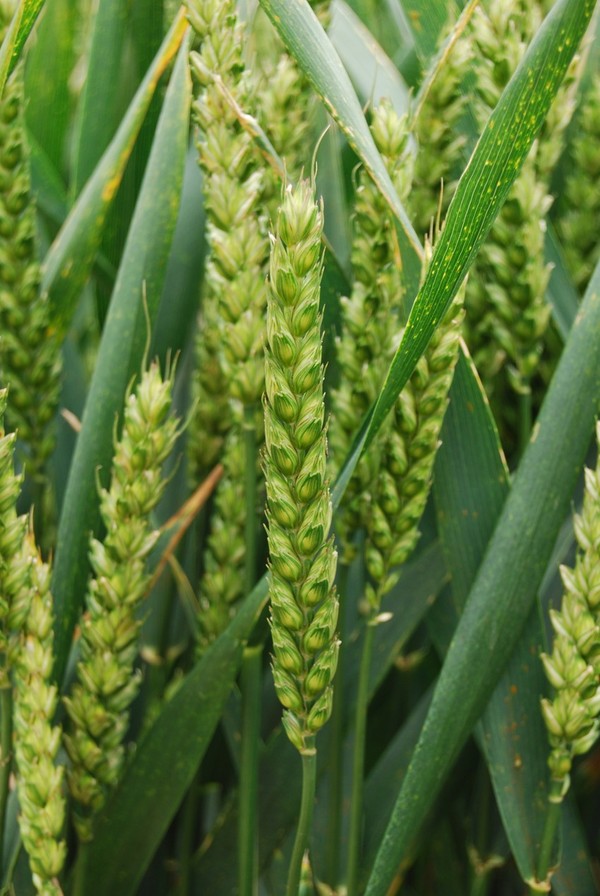To tell you the truth, I’m not absolutely sure if my prediction for wheat yields was correct. If you remember, I predicted that “overall, timely sown wheat crops will not yield above average”. In a following blog I said that good yields may be achieved in areas where solar radiation levels during grain fill are above average and moisture supply is not too restricted. In particular I mentioned the NE of England above the Humber.
First of all, it doesn’t take a genius to predict average yields! Yields from year to year are amazingly stable in the UK when compared to many parts of the world.
It’s clear that moisture supply has had a major influence on yield this year. This is reflected by some high yields having been achieved in areas such as the more northerly parts of England and in the South West, both of which received higher amounts of rainfall in May and June.
However in general, yields appear to have been limited by a lack of soil water. In particular, yields on the less moisture retentive soils have suffered. A clue to indicate that moisture was limiting yields is that in trials and in practice there was a large benefit from drilling in early September rather than in early October.
Significantly higher yields from early drilling tend to occur when the soil water availability in the following spring and summer is limiting. However, this may not have been such a reliable guide this last season because of the wet soils in early October and the prolonged and cold winter. On the other hand, the high protein levels this harvest also suggest that potential yields have been restricted by a lack of water.
It’s true to say that wheat yields overall were better than I’d feared and at the top of my forecast. It may be that the long cool spring has resulted in a higher than average contribution to yields from reserves of water soluble carbohydrates. Some scientific papers associate yield with total levels of solar radiation intercepted over the lifetime of the crop; the most important months being when there is full crop cover i.e. April onwards. This year the levels of sunshine in April to mid-July were above average. I’m digging deeper on this aspect and will write another blog on the significance of growth before anthesis on final grain yield.
The cool conditions around flowering were also good for yield. I’ve always wondered why hot weather around flowering is bad for yields; a PhD project at the Waite Institute in Adelaide has provided me with an explanation. In this project, flowering field wheat plots were exposed to just three hours of temperature at 35C, compared to field temperatures at the time of up to 20C. This resulted in grain yield reductions of between 18 and 30% depending on variety.
These yield reductions were due to lower leaf chlorophyll content and earlier leaf senescence. In addition, the heat reduced grain numbers by decreasing pollen viability. Whilst I recognise that we don’t experience 35C, the French become concerned when average temperatures exceed 25C during flowering.
In addition, research at the University of Reading suggests that the very high temperatures we experienced towards the end of grain fill may not have damaged yields as much as we feared at the time.
This is my first shot at reviewing wheat yields; I will return to the subject when I have ‘dug deeper’. However, it’s pleasing that in a year with just average levels of solar radiation during grain fill in many areas, the potential for good yields was established. Last year we had more than adequate rain but not enough sunshine and this year we had reasonable sunshine but not enough rain.
Looking back, 2008 had a better balance between the two, with slightly above average solar radiation and average rainfall. 2008 was a record year for wheat yields, which would have been even higher were it not for such a rotten harvest. So we continue to wait for the perfect year.

